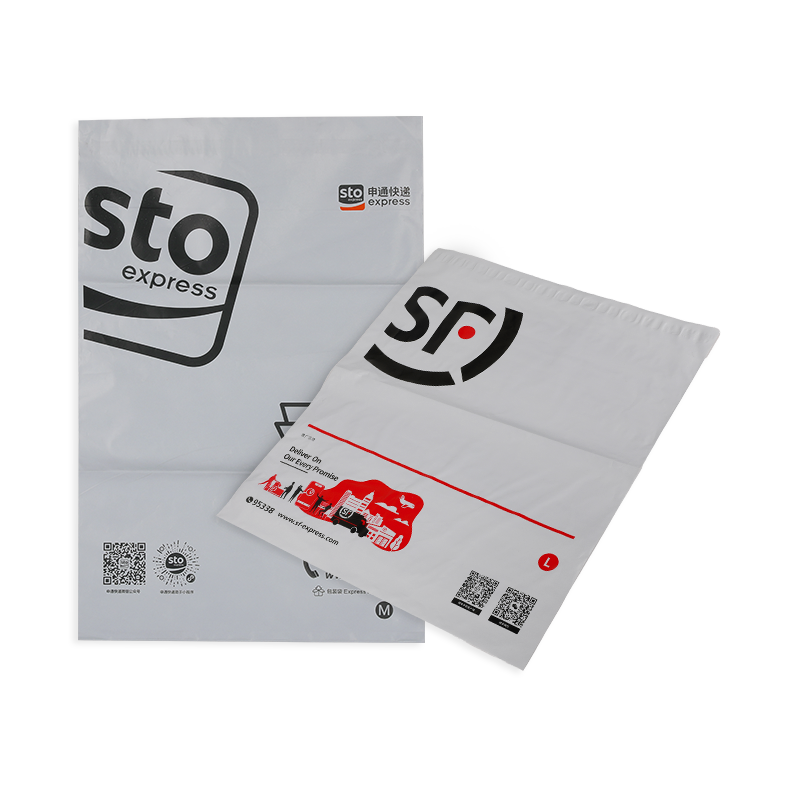How to Ensure Your Degradable Flat Express Bags Stay Secure During Transit
When shipping and deliveries, especially for heavy or bulky items, one of the most common concerns businesses face is ensuring that their packaging stays secure throughout transit. For those using degradable flat express bags, this concern is even more crucial—because while you’re choosing an eco-friendly solution, you still need that bag to be as tough and reliable as any non-degradable alternative.
So, how do you make sure these bags can handle the job and keep everything sealed up tight? The good news is that there are several options that ensure your products stay safe, no matter how much weight is packed inside.
First off, let’s talk about heat sealing. This is one of the most reliable methods for ensuring your express bags stay tightly closed, even when the contents are heavier than usual. Heat sealing uses high temperatures to melt the edges of the bag together, creating a secure bond that’s tough to break. It’s a great option for businesses who want a clean, permanent seal that’s hard to tamper with. Plus, it’s especially useful for products that might be slightly rough around the edges, as the seal forms a protective barrier without the need for additional materials like tapes or clips. Heat sealing also works well with the biodegradable PE/PBAT materials, making it a perfect fit for this kind of bag.

Another popular option is the self-adhesive strip. Many degradable bags come with a built-in adhesive closure, which can be easily peeled off and sealed for a quick and secure closure. While this method is fast and convenient, it’s important to check that the adhesive is strong enough to hold up to the weight and size of your items. For bulkier items, a strong adhesive is essential to avoid any chance of accidental openings. The advantage here is that it’s a simple, no-fuss way to seal bags without needing any extra tools or equipment. It's also a great solution for smaller businesses or anyone who needs to save time during packaging.
For those businesses that need to add an extra layer of security, double sealing could be a good option. This method involves sealing the bag once using heat or adhesive and then adding a second seal to reinforce the closure. Double sealing is especially useful for heavier shipments, where the weight could cause stress on a single seal. It’s a bit more time-consuming, but it offers added peace of mind, knowing that your packages won’t be at risk of breaking open during transit.
If you’re working with particularly bulky or oddly shaped items, you might want to consider using tie closures or twist ties. These methods give you the flexibility to adjust the tightness of the closure, which can be particularly useful when the items inside vary in size. Tie closures are quick to apply, and they also give you a visual indicator that the bag has been properly sealed. Twist ties are another option, offering an easy-to-use, adjustable seal that works well with heavier bags. Both methods ensure that the contents are securely contained while still being easy to apply and remove when needed.
Lastly, if you’re concerned about tampering, security seals might be a good option. These specialized seals not only offer an extra layer of closure but also act as a deterrent against unauthorized access. You can find security seals in a variety of types, including ones that leave a visible mark if tampered with, ensuring the integrity of your shipment. This could be especially important for businesses that deal with sensitive or high-value goods.
No matter which sealing method you choose, it’s all about ensuring your express bags remain secure and ready for delivery—especially when handling heavy or bulky items. The key is to find the balance between speed, strength, and environmental responsibility. Each of these methods ensures that your bags stay intact, keeping your products safe while reducing your environmental impact. By understanding your needs and matching the right closure option to your shipment, you’ll be able to guarantee that your express bags do the job—without compromising on sustainability or performance.

prevNo previous article
nextCan You Compost Pet Poop Bags in Home Compost Bins? Here's What You Need to Know



 English
English 中文简体
中文简体 Español
Español
















